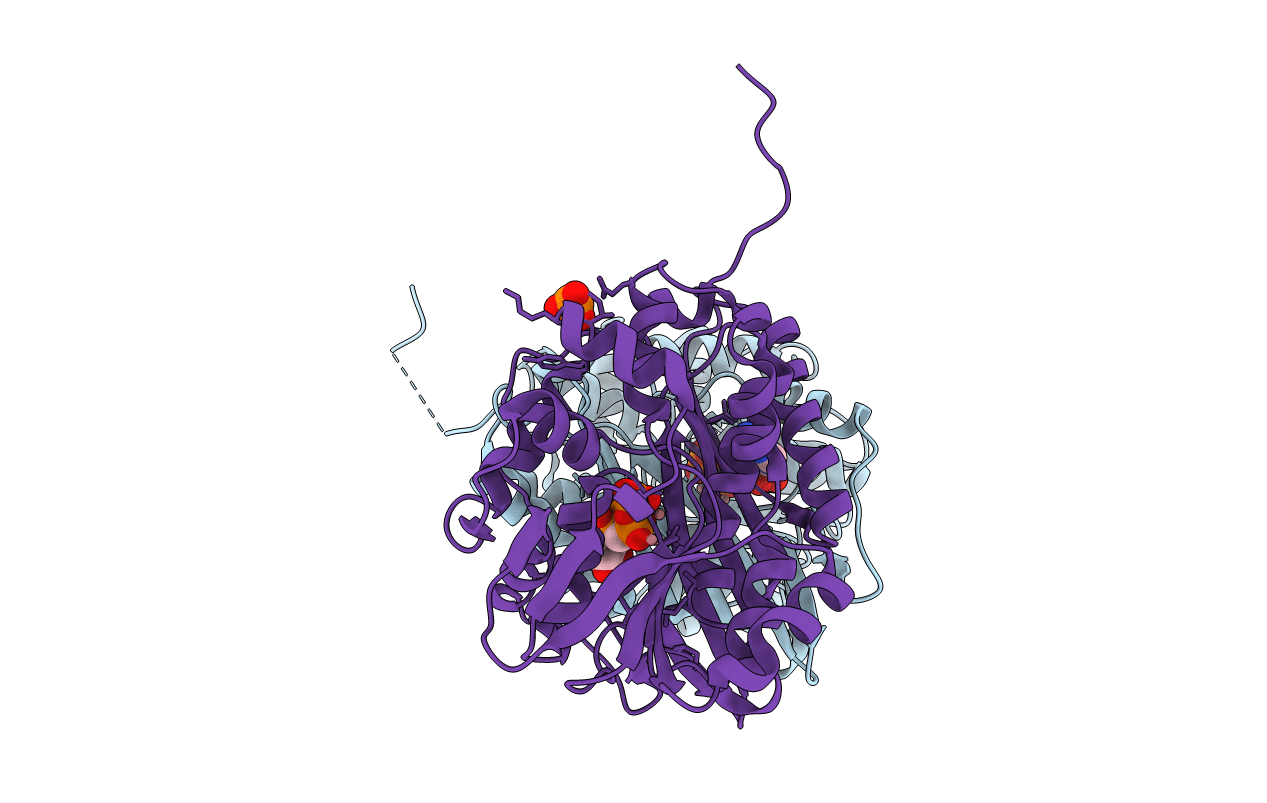
Deposition Date
2007-04-29
Release Date
2008-04-29
Last Version Date
2024-11-06
Entry Detail
PDB ID:
2YYE
Keywords:
Title:
Crystal structure of selenophosphate synthetase from Aquifex aeolicus complexed with AMPCPP
Biological Source:
Source Organism:
Aquifex aeolicus (Taxon ID: 224324)
Host Organism:
Method Details:
Experimental Method:
Resolution:
2.10 Å
R-Value Free:
0.22
R-Value Work:
0.17
R-Value Observed:
0.17
Space Group:
P 31 2 1


